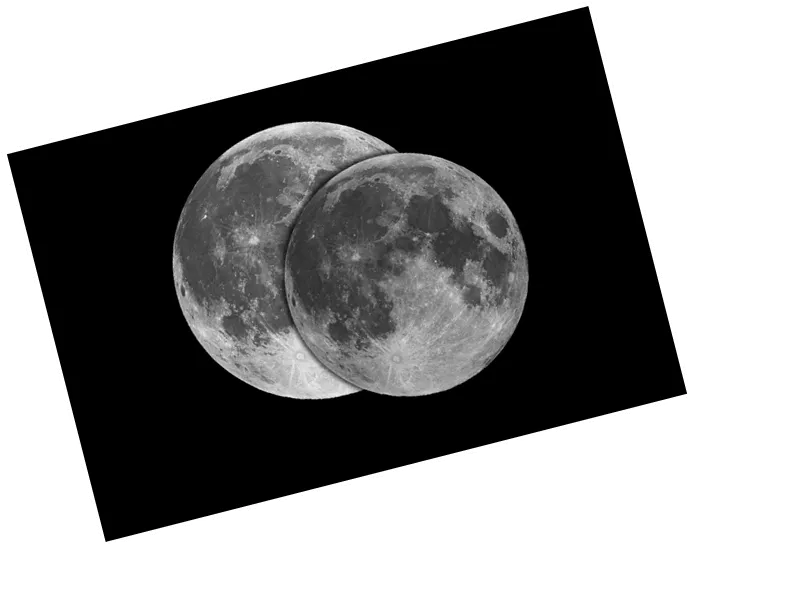Earth has captured a new mini Moon, an asteroid named 2024 PT5, which began its gravitational embrace with our planet on September 29, 2024. This temporary moon will remain until November 25, 2024, providing astronomers with a unique opportunity to study it closely using telescopes. Unlike previous mini moons, such as 2020 SO, which was a piece of space debris, 2024 PT5 is confirmed to be an asteroid approximately ten meters in size.
Temporary moons, like 2024 PT5, form when small asteroids pass close enough to Earth to be captured by its gravity. This phenomenon is rare and allows scientists to observe the behavior of these celestial bodies. The last notable case was 2020 CD3, which was captured for a few months, enhancing our understanding of asteroid dynamics and gravitational interactions within the solar system.
Despite the excitement surrounding the capture of 2024 PT5, it will not be visible to the naked eye. Observers will require professional telescopes to detect the mini moon, which will appear as a small point moving against the backdrop of stars. The event serves as a reminder of the dynamic nature of our solar system and the potential for new discoveries.
- The study of temporary moons is significant for several reasons. It not only allows researchers to analyze the composition and orbit of small asteroids, but it also aids in understanding how Earth's gravity influences these bodies. Such studies could pave the way for future asteroid deflection strategies, crucial for planetary defense against potential asteroid threats.
- The phenomenon of temporary moons has been documented only a few times in history, making each occurrence noteworthy for scientific research. The insights gained from these events contribute to our overall knowledge of gravitational mechanics and the behavior of celestial bodies in our solar system.





